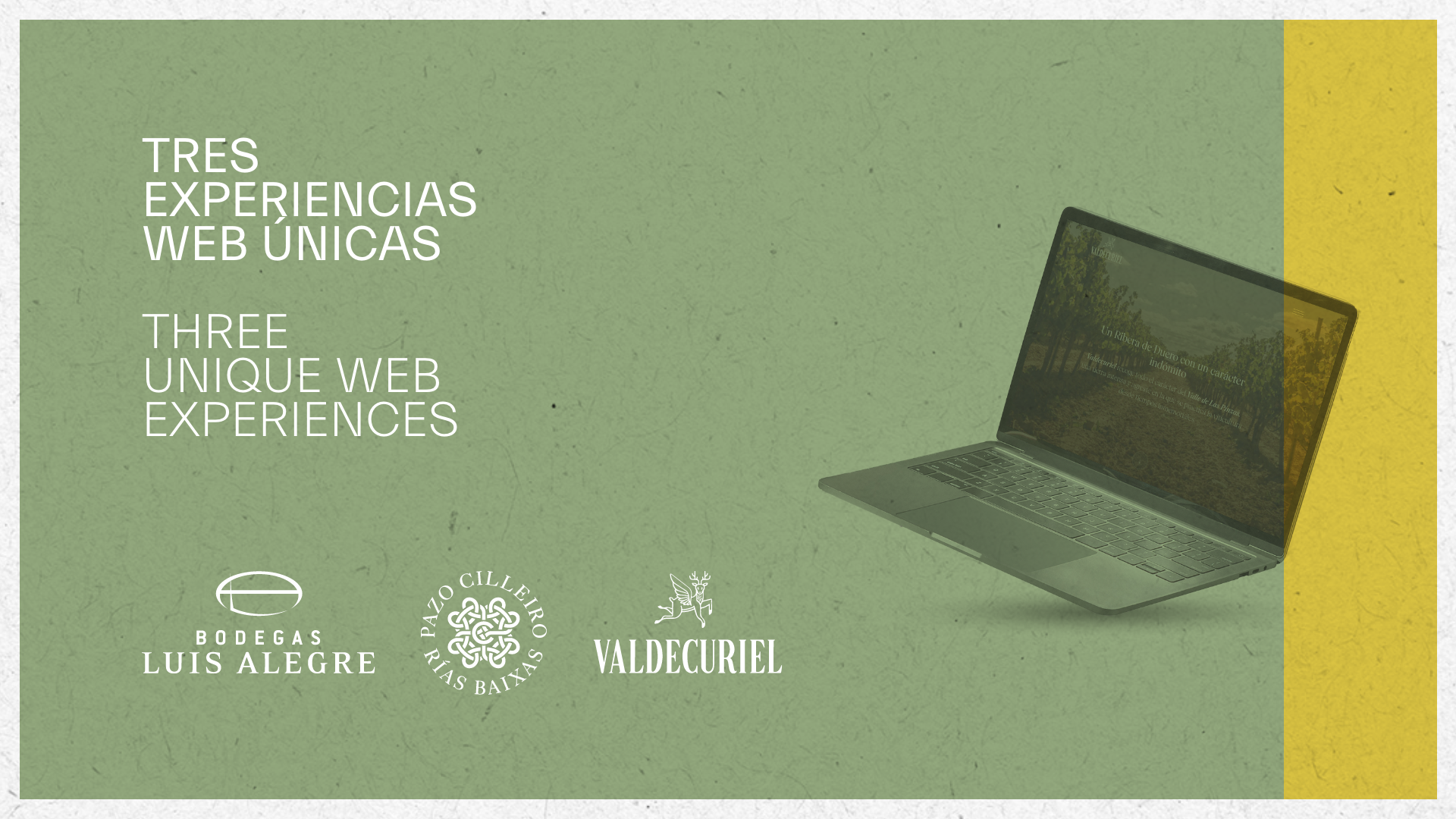Phylloxera: when the vineyard suffered its great pandemic

A century ago, Rioja was emerging from the biggest plague
Everything bad goes away, and large-scale epidemics are no exception. This is one of the great lessons learnt from the phylloxera plague which devastated vineyards in Rioja from 1899 onwards.
The story of phylloxera is contradictory. At first, this disease caused by a small flying insect and its voracious larvae was a blessing for our growers: as the plague ate away at the vines in Bordeaux, French traders turned to the region closest to them for wine, which was none other than Rioja. In a few years, the area under vine grew to 80,000 hectares, well over what it is today. Here's another interesting figure: between 1882 and 1885, the price per hectolitre of Rioja Alavesa wine rose from 18 to 28 pesetas (the currency at that time).

But since there is no humane way to prevent the flight of flies, phylloxera irretrievably arrived in Spain. Although Rioja was affected at a late stage, it eventually succumbed. The main grape-growing areas collapsed; in Rioja Alavesa, for example, only about 300 hectares remained healthy, and over 20% of the population was forced to emigrate. In any case, historians maintain that phylloxera only accelerated the changes that were taking place in rural parts of southern Europe. The pest also accentuated the transformations that were needed, such as replanting, the mechanisation of the wine sector and, in a broader sense, the diversification of Rioja. In this regard, the vegetable-canning industry flourished at the beginning of the 20th century.
By 1920, the recent phylloxera plague was already a thing of the past. The vineyards in Rioja faced the future with renewed vines and energy. The vineyard area grew again, while at the same time a handful of large producers, who are still in business today, consolidated their leadership. These companies were instrumental in the creation of the Rioja Denomination of Origin by the Spanish government in 1925. Only one year later, José Murúa founded his winery, the seed of our present-day group, Muriel Wines.

Image of the dried pre-phylloxera vine that is kept in Conde de los Andes winery in Ollauri.
You may also be interested in:



